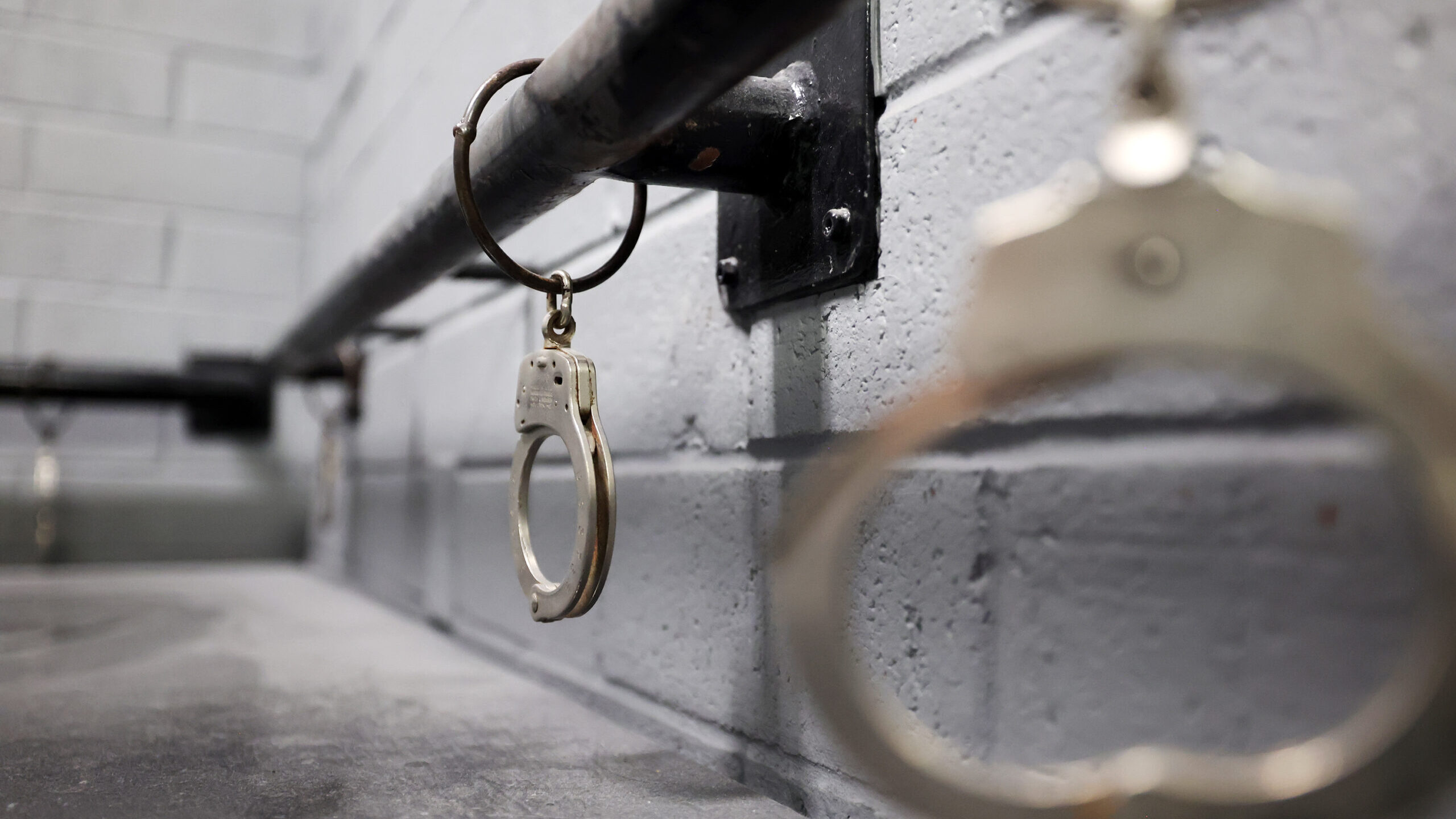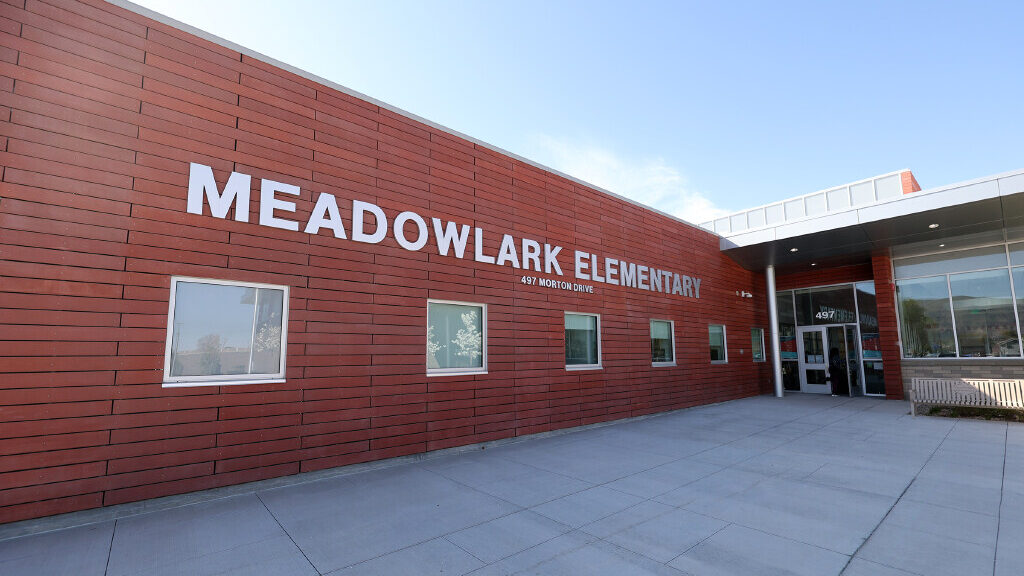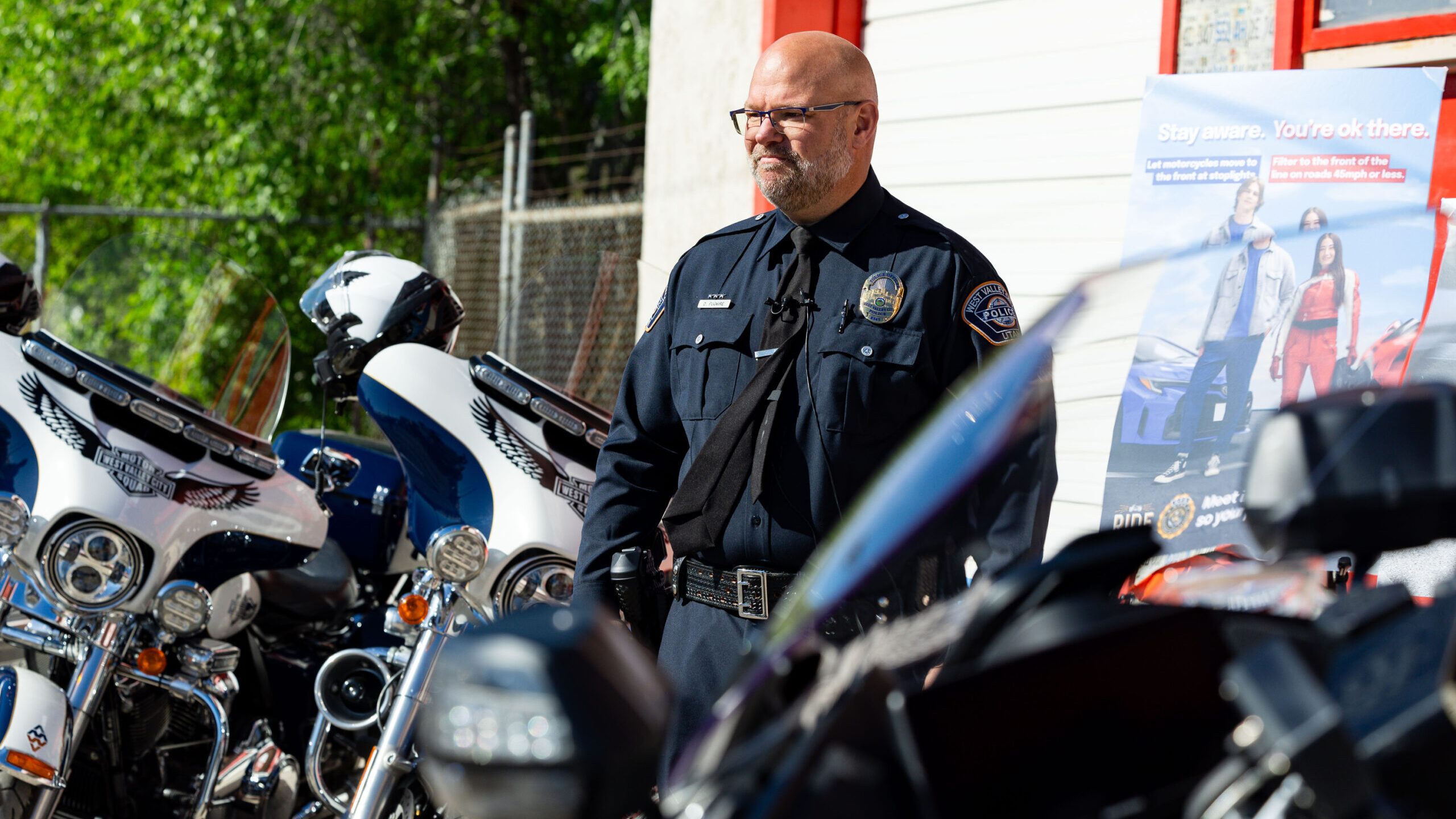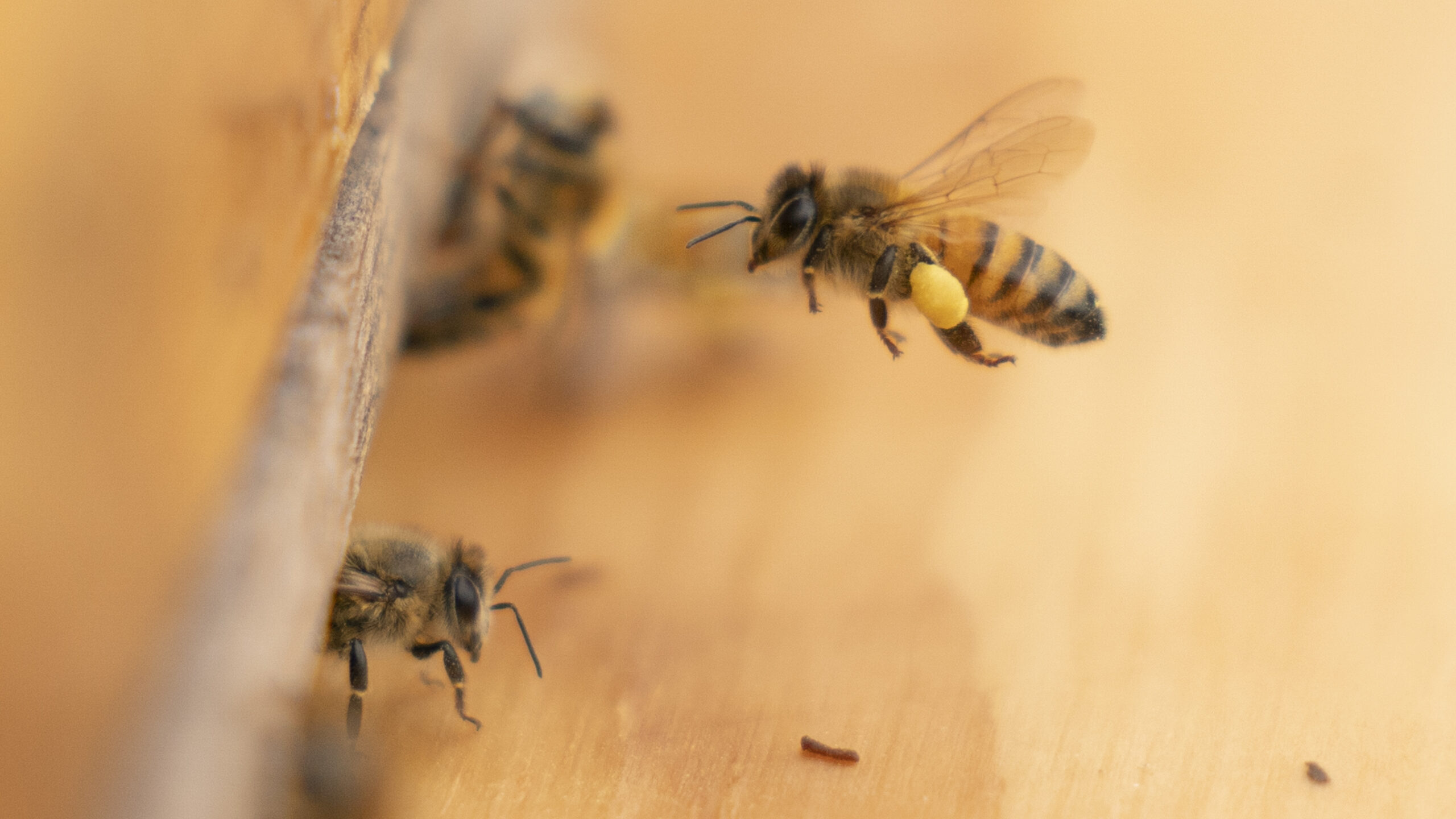NASA to open moon rock samples sealed since Apollo missions
Jun 26, 2019, 5:20 AM | Updated: 5:29 am
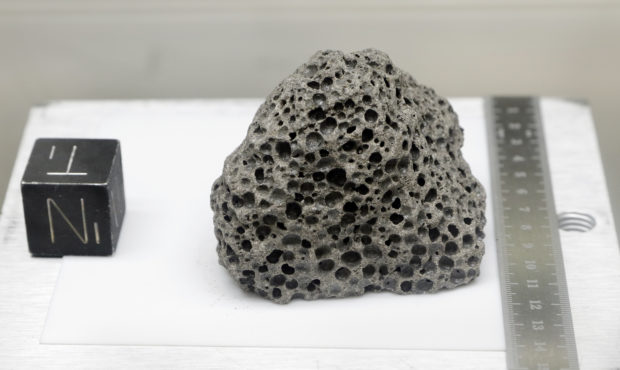
Collected during Apollo 15, a 3.5 billion years old basalt rock similar to rocks formed around Hawaii, is displayed in a pressurized nitrogen-filled examination case inside the lunar lab at the NASA Johnson Space Center Monday, June 17, 2019, in Houston. For the first time in decades, NASA is about to open some of the pristine samples and let geologists take a crack at them with 21st-century technology. (AP Photo/Michael Wyke)
(AP Photo/Michael Wyke)
HOUSTON (AP) — Inside a locked vault at Johnson Space Center is treasure few have seen and fewer have touched.
The restricted lab is home to hundreds of pounds of moon rocks collected by Apollo astronauts close to a half-century ago. And for the first time in decades, NASA is about to open some of the pristine samples and let geologists take a crack at them with 21st-century technology.
What better way to mark this summer’s 50th anniversary of humanity’s first footsteps on the moon than by sharing a bit of the lunar loot.
“It’s sort of a coincidence that we’re opening them in the year of the anniversary,” explained NASA’s Apollo sample curator Ryan Zeigler, covered head to toe in a white protective suit with matching fabric boots, gloves and hat.
“But certainly the anniversary increased the awareness and the fact that we’re going back to the moon.”
With the golden anniversary of Neil Armstrong and Buzz Aldrin’s feat fast approaching — their lunar module Eagle landed July 20, 1969, on the Sea of Tranquility — the moon is red-hot again.
After decades of flip-flopping between the moon and Mars as the next big astronaut destination, NASA aims to put astronauts on the lunar surface again by 2024 at the White House’s direction. President Donald Trump prefers talking up Mars. But the consensus is that the moon is a crucial proving ground given its relative proximity to home — 240,000 miles (386,000 kilometers) or two to three days away.
Zeigler’s job is to preserve what the 12 moonwalkers brought back from 1969 through 1972 — lunar samples totaling 842 pounds (382 kilograms) — and ensure scientists get the best possible samples for study.
Some of the soil and bits of rock were vacuum-packed on the moon — and never exposed to Earth’s atmosphere — or frozen or stored in gaseous helium following splashdown and then left untouched. The lab’s staff is now trying to figure out how best to remove the samples from their tubes and other containers without contaminating or spoiling anything. They’re practicing with mock-up equipment and pretend lunar dirt.
Compared with Apollo-era tech, today’s science instruments are much more sensitive, Zeigler noted.
“We can do more with a milligram than we could do with a gram back then. So it was really good planning on their part to wait,” he said.
The lunar sample lab has two side-by-side vaults: one for rocks still in straight-from-the-moon condition and a smaller vault for samples previously loaned out for study. About 70 percent of the original haul is in the pristine sample vault, which has two combinations and takes two people to unlock. About 15 percent is in safekeeping at White Sands in New Mexico. The rest is used for research or display.
Of the six manned moon landings, Apollo 11 yielded the fewest lunar samples: 48 pounds or 22 kilograms. It was the first landing by astronauts and NASA wanted to minimize their on-the-moon time and risk. What’s left from this mission — about three-quarters after scientific study, public displays and goodwill gifts to all countries and U.S. states in 1969 — is kept mostly here at room temperature.
Armstrong was the primary rock collector and photographer. Aldrin gathered two core samples just beneath the surface during the 2 1/2-hour moonwalk. All five subsequent Apollo moon landings had longer stays. The last three — Apollo 15, 16 and 17 — had rovers that significantly upped the sample collection and coverage area.
“Fifty years later, we’re still learning new things … incredible,” said the lab’s Charis Krysher, holding a clear acrylic marble embedded with chips of Apollo 11 moon rock in her gloved hand.
By studying the Apollo moon rocks, Zeigler said, scientists have determined the ages of the surfaces of Mars and Mercury, and established that Jupiter and the solar system’s other big outer planets likely formed closer to the sun and later migrated outward.
“So sample return from outer space is really powerful about learning about the whole solar system,” he said.
Andrea Mosie, who’s worked with the Apollo moon rocks for 44 years and was a high school intern at Johnson Space Center in July 1969, remembers the Polaroid photos and handwritten notes once accompanying each sample. She sometimes gets emotional when talking to children about the moonshots and does her best to dispel any notion that the rocks aren’t from the moon and the lunar landings never happened.
“The samples are right here and they’re still in a pristine state,” she assures young skeptics.
Most of the samples to be doled out over the next year were collected in 1972 during Apollo 17, the final moonshot and the only one to include a geologist, Harrison Schmitt. He occasionally visits the lunar sample lab and plans to help open the fresh specimens.
The nine U.S. research teams selected by NASA will receive varying amounts.
“Everything from the weight of a paperclip, down to basically so little mass you can barely measure it,” Zeigler said.
Especially tricky will be extracting the gases that were trapped in the vacuum-sealed sample tubes. The lab hasn’t opened one since the 1970s.
“If you goof that part up, the gas is gone. You only get one shot,” Zeigler said.
The lab’s collection is divided by mission, with each lunar landing getting its own cabinet with built-in gloves and stacks of stainless steel bins filled with pieces of the moon. Apollo 16 and 17, responsible for half the lunar haul, get two cabinets apiece.
The total Apollo inventory now exceeds 100,000 samples; some of the original 2,200 were broken into smaller pieces for study.
Sample processor Jeremy Kent is hopeful that “we will get some more samples here in the lab to work on.”
There’s space for plenty more.
___
Follow AP’s full coverage of the Apollo 11 anniversary at: https://apnews.com/Apollo11moonlanding
___
The Associated Press Health and Science Department receives support from the Howard Hughes Medical Institute’s Department of Science Education. The AP is solely responsible for all content.


